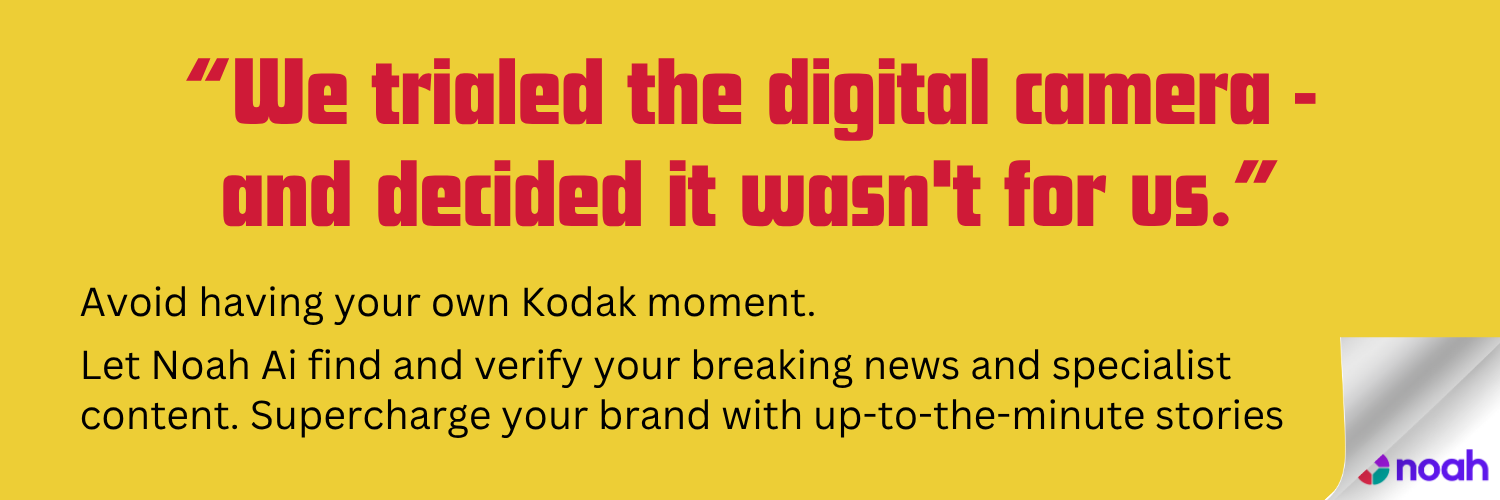The Daily Mail is leveraging its extensive TikTok following to engage younger audiences during the U.S. presidential election, but faces challenges with monetisation and potential platform restrictions.
The Daily Mail is capitalising on its substantial TikTok presence amid the current U.S. presidential election, aiming to expand its audience on the popular short-form video platform. With a combined following of over 20 million across 12 accounts, the media outlet seeks to leverage the political fervour generated by the electoral battle between Vice President Kamala Harris and former President Donald Trump. This campaign reflects a broader trend among publishers, who are increasingly turning to social media platforms like TikTok to reach audiences, particularly younger demographics, who are shifting away from traditional news channels.
Jasmine Enberg, vice president and principal analyst for social media and the creator economy at eMarketer, highlighted the strategic opportunity presented by the election. According to Enberg, such significant events present an opportunity for publishers to capture new followers, particularly among younger audiences who are active on TikTok. She noted the importance for publishers not just to draw in these audiences but also to direct them to their own platforms where monetisation is more feasible.
Phil Harvey, the head of social at the Daily Mail, emphasised that the publication’s TikTok efforts during this period are distinct from its website’s editorial stance, which is often viewed as right-leaning. “Our strategy on TikTok is not to preach or campaign,” Harvey stated. He explained that the outlet’s goal is to bring news to a broad audience, aligning content with the interests of TikTok’s user base. This tactic appears successful, with past livestreams of political conventions drawing significant attention.
Building on this momentum, the Daily Mail plans to intensify its TikTok activity in the 72 hours surrounding the election, increasing its normal posting rate and implementing live broadcasts that feature national polling graphics and real-time updates from reporters in key locations. These broadcasts aim to engage TikTok’s younger audience through dynamic storytelling methods tailored for the platform.
The content will be produced in a format that follows the preferences of TikTok users, focusing on short-form and vertical storytelling, although Harvey mentioned that landscape videos could better facilitate viewer interaction, especially in chat rooms integrated into the streams. This approach reflects a broader strategy to foster viewer engagement, not just through content consumption but through participation in the conversations around the broadcasts.
Following the elections, the Daily Mail will revert to its usual TikTok content strategy, producing diverse videos covering the wide range of stories reported by its expansive global journalistic team. The publication currently reaches significant audiences, boasting 14.4 million followers on its U.S. account, 1.2 million on the U.K. account, and additional followers across other niche accounts.
Phil Harvey acknowledged that none of these views were due to paid promotions, as the Daily Mail typically reserves boosted posts for commercial partners and specific campaigns. He expressed optimism about the prospect of future monetisation opportunities on TikTok, especially as the platform establishes a sales team to engage more deeply with news publishers. Despite current limitations in monetisation options, Harvey commended TikTok’s responsiveness in discussions with publishers.
Yet, the potential of a U.S. TikTok ban looms over these strategic efforts. Such a ban could disrupt the Daily Mail’s U.S. operations, but Harvey remains hopeful that TikTok’s presence in some form can be maintained. Industry analysts like Niamh Burns from Enders Analysis suggest that TikTok’s push to include more publisher content may be in response to increased regulatory scrutiny and the need to combat disinformation narratives.
However, for many publishers, the lack of monetisation avenues through TikTok remains a critical limitation. While the platform helps build brand awareness among younger audiences, without significant financial returns, it constitutes a tenuous long-term strategy. As the situation unfolds, news publishers continue to weigh the benefits of high visibility against the challenges of monetisation and potential platform changes.
Source: Noah Wire Services








